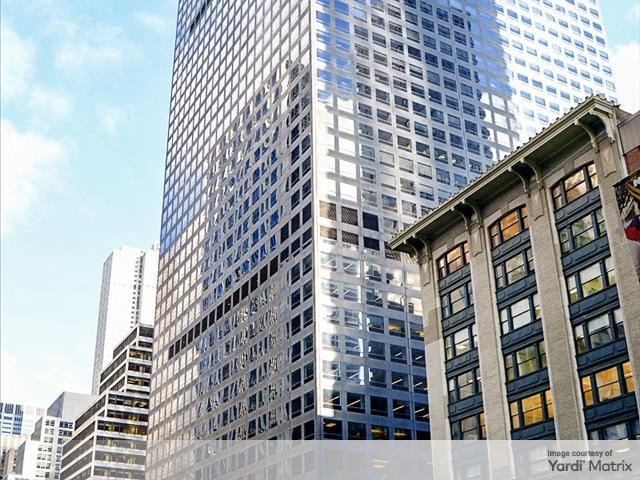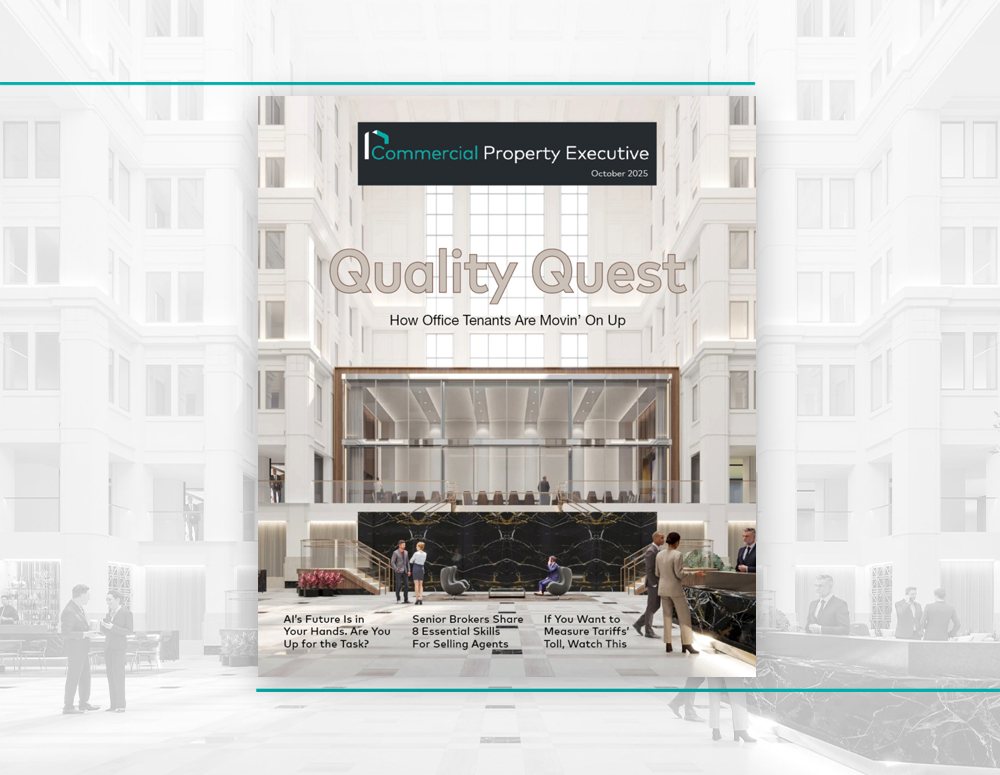Is 2025 or 2026 the Year for Sale-Leaseback Deals?
There's always an appetite for asset-light investments.

In today’s shifting commercial real estate environment, business owners who own and occupy their facilities are reassessing how to best position their assets. One successful strategy continues to be sale-leaseback transactions. By unlocking equity tied up in real estate while maintaining operational control, a sale-leaseback can provide both liquidity and flexibility.
In September, the Federal Reserve cut its policy rate by a quarter of a percent. However, 10-year Treasury yields and a lender’s specific credit underwriting criteria drive most decisions affecting credit terms. Ten-year treasury rates have held steady in the low 4.00 percent range over the past three to six months with most feeling Treasury rates need to be in the low 3 percent range to make a meaningful difference in commercial mortgage rates.
LIKE THIS CONTENT? Subscribe to the CPE Capital Markets Newsletter
In a SLB transaction, your lease terms (length and structure) along with the strength of your company’s credit will matter more than the Federal Reserve’s recent cut.
Trying to “catch the bottom” or “wait for the peak” often results in missed opportunity. Today’s environment offers a balance: Sellers gain liquidity and favorable lease terms, while buyers still see long-term value in stable, income-producing assets backed by good credit. Waiting for perfect timing could mean facing softer investor demand or a more conservative investor pool.
Is 2026 a better time to consider a SLB transaction?
The short answer is maybe but only if your credit profile clearly benefits from multiple interest rate cuts and you’re not missing opportunities due to lack of cash. The Fed’s commentary implies room for further easing, but it’s contingent on a multitude of factors.
What could make 2026 a better choice:
• Lower rates flowing through to cheaper investor debt, which could support modest increases in valuations through lower cap rates
• Continued thawing in bank’s willingness to lend money on commercial real estate, improving credit terms for investors.
What could make 2026 a worse choice?:
• Significant commercial real estate loan maturities in 2026 will increase supply, giving investors more options to consider
• Softer industrial absorption and slower rent growth, which keeps underwriting conservative and lowers valuations even if interest rates edge down
What makes 2025 a better choice?
• Supply constrained industrial market: Despite slowing transaction volumes across CRE, industrial remains the favored asset class. Vacancy is creeping up in some markets due to new deliveries, but quality, well-located single-tenant buildings are still scarce. That scarcity keeps investor demand resilient, especially for facilities with strong tenant credit.
• Unlock immediate cash flow: Credit remains available but is still restrictive, with banks requiring more collateral and charging spreads and fees that were unthinkable three years ago. For many business owners, a sale-leaseback is the fastest route to a meaningful infusion of cash—debt-free and ready to redeploy into expansion, paying down higher-cost liabilities, or bolstering working capital.
• Optimize your balance sheet: Turning an illiquid asset into liquid capital strengthens your company’s financial profile at a time when lenders and investors are scrutinizing leverage and liquidity more closely.
• Maintain operational control while adding flexibility: An SLB structure ensures continued operational control while providing flexibility that ownership does not. Businesses tied to specific sites whether for workforce, logistics or brand visibility can secure long-term occupancy with renewal options tailored to their growth plans.
SLBs can also be utilized for planning an expansion or relocation of your business through utilizing shorter term lease structures. However, shorter term lease structures typically come with a more conservative valuation, but significantly more flexibility.
For business owners considering the sale of their business, a sale-leaseback now can streamline the path. Most private equity buyers prefer asset-light companies and shy away from owning real estate. Carving the property out of the transaction in advance eliminates a key friction point, often leading to a cleaner, faster and potentially more lucrative business sale.
The bottom line
Investors continue to favor industrial. Supply for SLBs is currently tight increasing valuations and sellers’ negotiating positions. For owner-occupiers, now may be an opportune time to capture value and strengthen their balance sheets.
The question to ask yourself is—is the cost of money in a SLB transaction cheaper and cleaner capital than your best traditional debt alternative today?
The Fed’s cut is a mild tailwind. The real factors affecting valuation in an SLB are the rent you can defend, the strength of your company’s credit and the structure of the NNN lease.
If you have a high‑return opportunity for cash, want fewer bank strings or are positioning for an operating‑company sale or relocation a 2025 sale‑leaseback is an excellent option. If traditional debt is cheaper, borrow the money and keep the real estate unless you are looking to move or sell your business.
Daniel Levison is principal broker for Commercial Property Consultants & CEO of CRE Holdings LLC.







You must be logged in to post a comment.